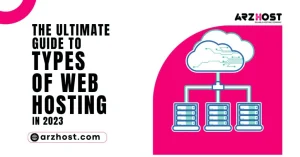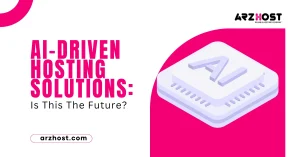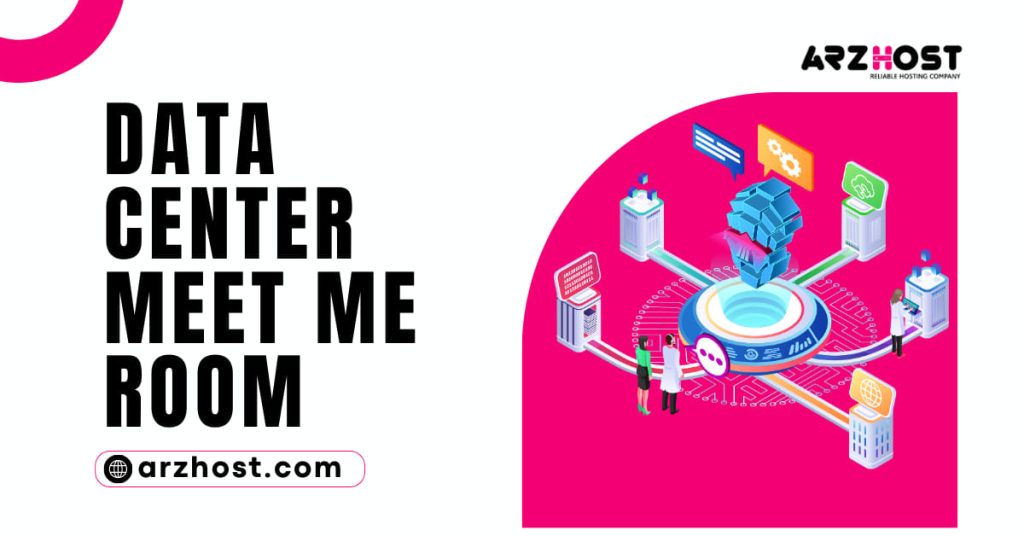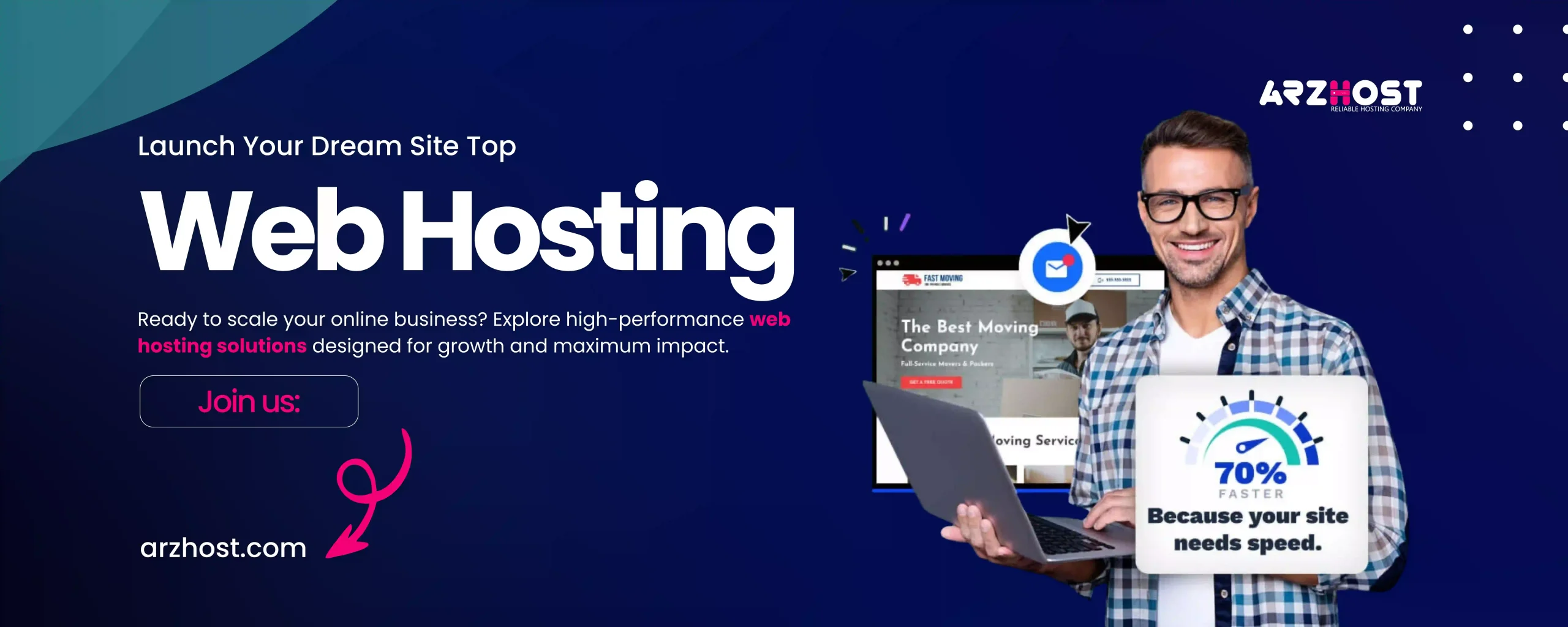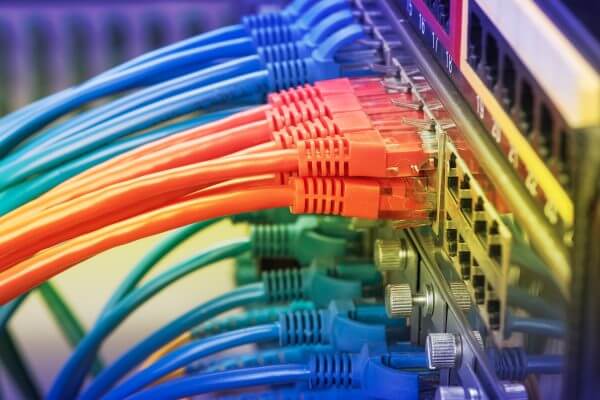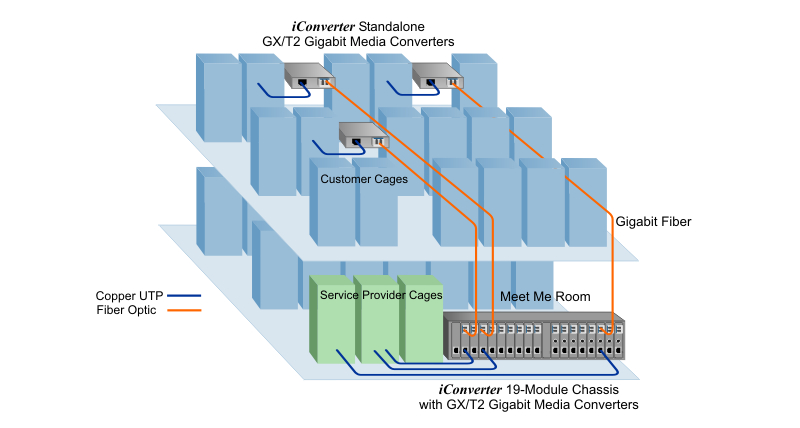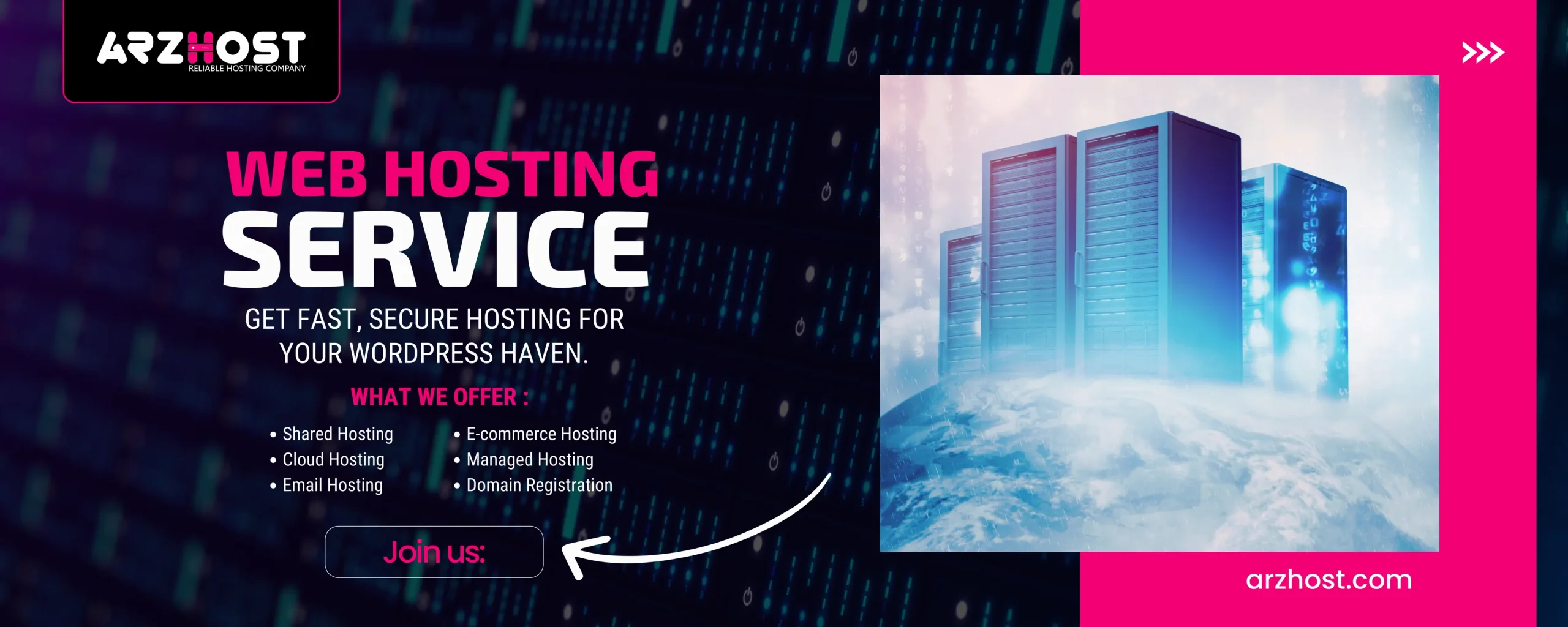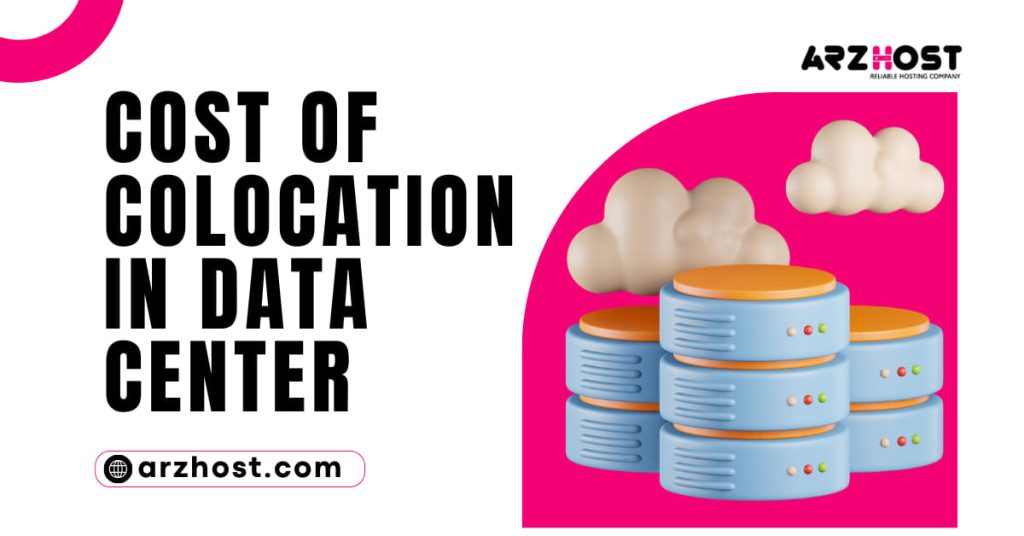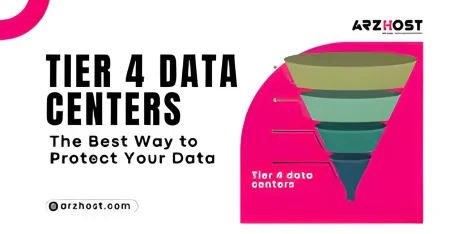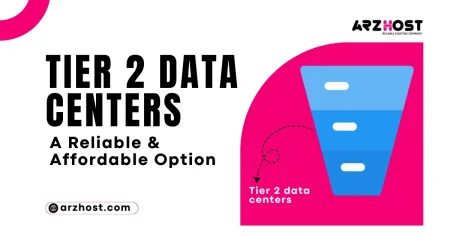Customers can connect to one or more carriers safely in a meet-me room (MMR). Cable companies, ISPs, and other providers can cross-connect with Data Center Meet Me Room residents using this region. In an MMR, carriers’ hardware is housed in cabinets and racks to enable dependable and rapid data transport.
Hundreds of different businesses and ISPs that are housed in the same premises are physically connected by MMRs. The internet exchange is made possible through the peering procedure.
The meet-me room reduces the need for traffic to travel back and forth while keeping the data on-site. There is no need for packets to travel back and forth to the ISP’s main network. Data Center Meet Me Room exchange is more cost-effective and secure when local loops are removed.
Data Exchange and its Operation
A connection to an Internet Service Provider is necessary to send data to the Internet (ISP). When two businesses are located far away, a global ISP facilitates the data flow. Therefore, in order to communicate with another system, a system must first exchange information with an ISP.
The ISP then sends the packets to the intended system. When two systems are spread across two different continents or nations, this technique is required. A global ISP is essential in these situations to ensure an unbroken flow of traffic between the parties.
However, when two organizations are close enough to one another physically, they can interact. The two systems can communicate directly in a meet-me room at a data center or carrier hotel.
The Advantages of a Data Center Meet Me Room
An MMR is found in each colocation Data Center Meet Me Room. Carriers are generally neutral in data centers. Being carrier neutral implies that renters have access to a wide range of network providers.
Customers are more likely to sign a contract with a data center tier when there are more carriers. The key justification is that clients may increase flexibility, redundancy, and connection optimization by having various provider options.
The advantages of meet-me rooms are as follows:
- Decreased Latency: A direct connection with high bandwidth radically reduces the number of network hops. There is a significant reduction in latency by reducing network hops.
- Reduced Price: Carriers save local loop fees by connecting directly through a meet-me room. Customers could discover more affordable rates if multiple carriers are gathered in one location.
- Rapidly Expanding: MMRs are a great way to give renters more fiber connection alternatives. Data Center Meet Me Room which is open to all carriers can increase their carrier base and product offerings.
Safety and Limited Access
Meet-me rooms are supervised, secure, and frequently enclosed by fire-rated walls in data centers. Access to these sites is limited, and unaccompanied trips are not permitted. The MMR space is secured with multi-factor authentication to keep out unauthorized personnel.
In the room, every action is captured on camera. Security breaches are incredibly uncommon thanks to a biometric scan system and a 24-hour surveillance system.
The Meet-me Room
Varied colocation and data centers may have drastically different meet-me rooms in terms of size and design. For instance, the MMR from Arzhost is a 3000 square foot space with a separate cross-connect room.
MMRs should typically offer enough room for expansion for new carriers. Prospective customers steer clears of renting space within a data center that prohibits the addition of additional ISPs.
MMRs should supply 45U cabinets for the equipment of carriers and network providers as one of its services. AC and DC power options aren’t usually available for MMRs. The design should allow greater room for additional carrier equipment if the facility only offers one type of electricity.
Every MMR needs cooling as a necessary component. What kind of equipment carriers will put in the meet-me room is taken into consideration by data centers and colocation service providers? The MMR temperature is continuously maintained within acceptable values by high-performance cooling devices.
Data Center Meet Me Room Connectivity
To connect to consumers within the same data center dedicated server hosting, service providers rent rack space from carrier hotels and co-location (Colo) data centers. In order to connect client cages and service provider cages that are farther apart than the range of copper cabling allows, iConverter Copper-to-Fiber Media Converters provide Gigabit and T1 connectivity over fiber.
In order to convert the individual copper connections to fiber and connect to customer cages, a Service Provider placed an iConverter 19-Module Chassis of managed media converters in the Meet Me Room.
To convert the copper Gigabit connections to fiber, iConverter GX/T2 Gigabit Media Converters are fitted in the 19-module chassis.
In order to connect the equipment in the client cage to the fiber, standalone Gigabit media converters convert the fiber back to copper. From the four-tier Data Center Meet Me Room to the client cages that are farther than the 100m copper UTP cable restriction, service providers can offer Ethernet service connectivity.
Similar configurations of iConverter T1 Media Converters are used to convert copper T1 cables to fiber. For connectivity to the equipment in the client cage, a standalone T1 media converter converts the fiber back to copper at the conclusion of each fiber run.
The iConverter Multi-Service Platform supports T1, T3, Fibre Channel, and 10Mbps to 10Gbps Ethernet and offers scalable, high-density port configurations.

